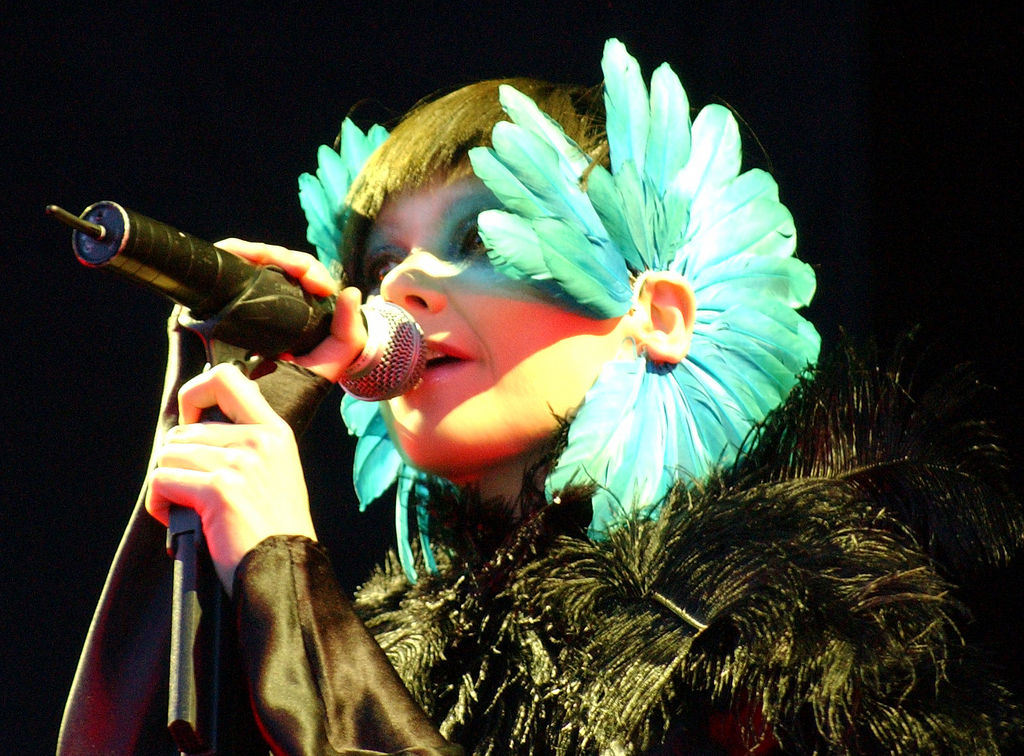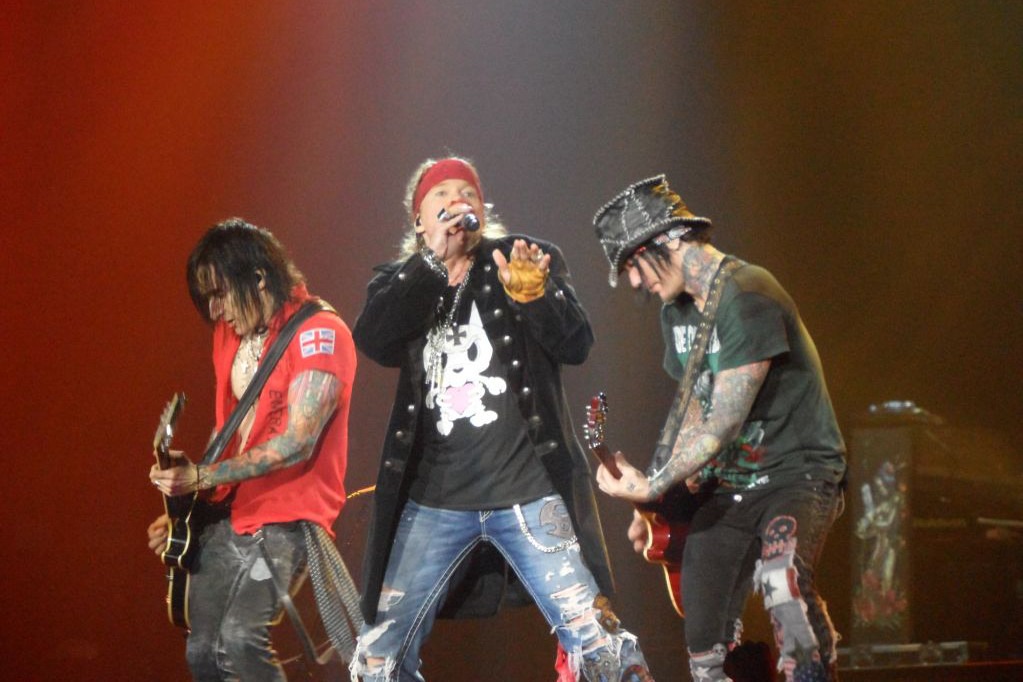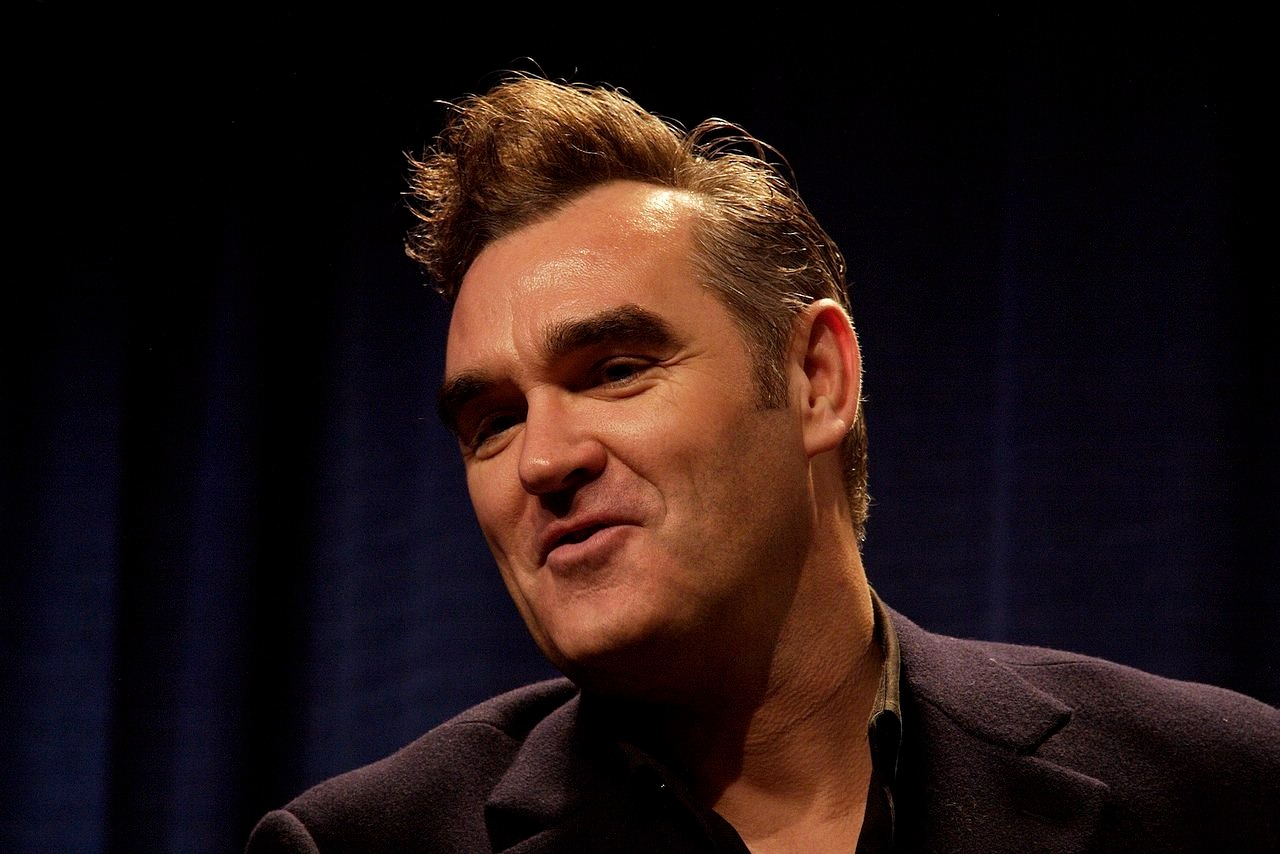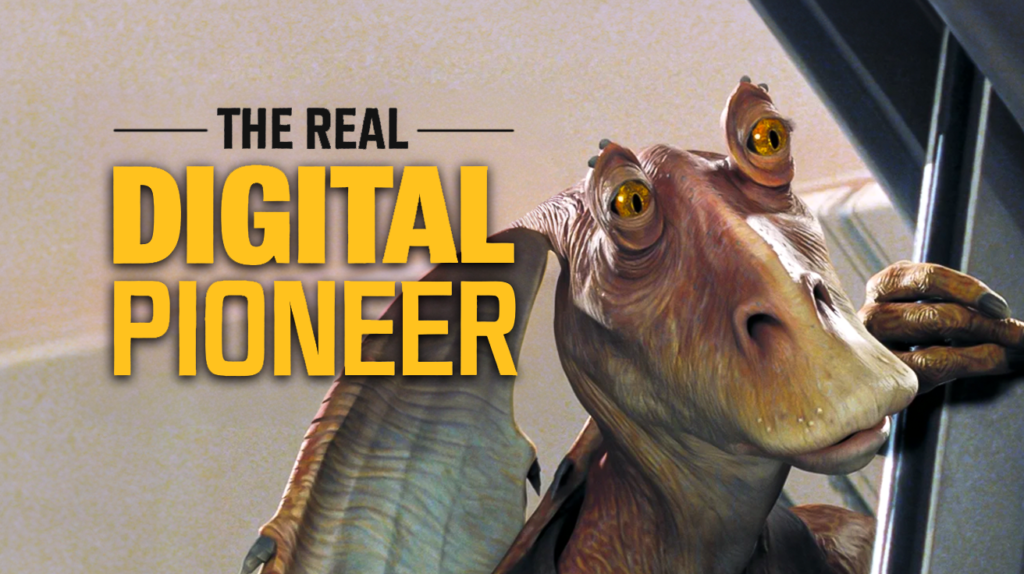
Film history hides its most important breakthroughs in plain sight. These forgotten innovations solved problems audiences never knew existed. From practical effects to digital wizardry, these techniques revolutionized storytelling.
These hidden innovations transformed cinema into what you enjoy today. They’re the secret ingredients nobody notices but everyone would miss if they disappeared.
10. Performance Capture: Jar Jar Binks in Star Wars Episode 1
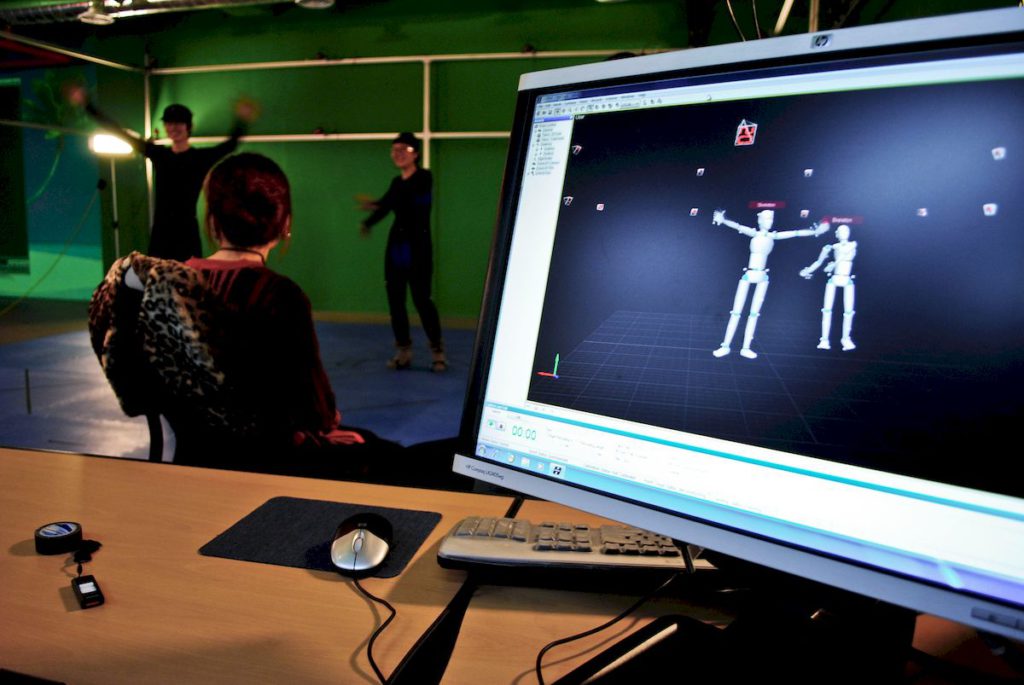
Digital characters spring to life through technological wizardry. Ahmed Best pioneered performance capture as Jar Jar Binks in 1999. He wore a specialized suit with digital markers tracked by cameras. His movements created the Gungan’s distinctive walk and mannerisms.
Most viewers don’t realize this moment came before Andy Serkis’ Gollum — or that Star Wars’ legacy extends beyond visuals to include some of the best soundtracks in cinema. Best’s performance didn’t just bring one character to life. His work rewrote the rules for digital acting, bridging the uncanny valley and supporting future digital characters.
Without this foundation, you wouldn’t have the Na’vi in Avatar or Thanos in Avengers: Endgame. Best’s contribution was like the first domino in a chain that revolutionized digital characters forever. Pretty impressive for a character most fans wanted to launch into the nearest sarlacc pit.
9. Digital Face Replacement: Jurassic Park

What makes Jurassic Park’s effects still impressive today? An accidental breakthrough.
Editors digitally replaced Ariana Richards’ face on her stunt double during a dangerous scene. This fix arrived years before Hollywood routinely used such techniques. The unplanned innovation solved a specific safety problem while pushing visual effects forward.
A veteran effects artist once shared that this scene changed his entire approach to filmmaking. “Before that moment, we’d say ‘we can’t shoot that.’ After Jurassic Park, we started saying ‘how can we make that work?’”
This technology now appears everywhere. That impossibly dangerous stunt your favorite action hero just performed? Thank a dinosaur movie from 1993.
8. Found Footage: The Connection
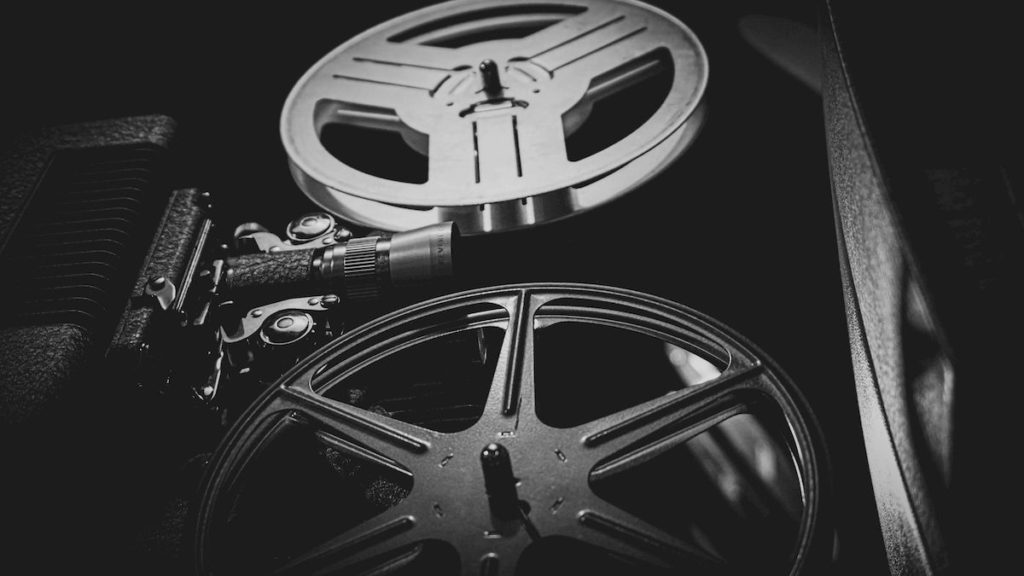
You probably think found footage began with The Blair Witch Project. Wrong by about four decades.
Shirley Clarke’s 1961 film The Connection beat it by 38 years. Her characters acknowledge the camera within the story. This technique blurs fiction and reality, creating raw authenticity.
Clarke’s approach emerged during cinema’s questioning of truth in storytelling. By breaking the fourth wall, she created an unsettling aesthetic that influenced generations of filmmakers.
This technique now appears everywhere from mockumentaries like Modern Family to horror films like Paranormal Activity. Clarke’s innovation was like finding a skeleton key that unlocked a whole new way to tell stories on screen.
7. Bullet Time: Jumanji

Remember Neo dodging bullets in The Matrix? Jumanji did it first.
A key scene shows a bullet stopping near Alan’s face. This predates The Matrix by four years. Jumanji used multiple cameras arranged in sequence, capturing one moment from different angles. The effect made danger feel inches away from viewers.
The multi-camera approach later evolved into the sophisticated 360-degree shots that defined action movies of the 2000s. Without this innovation, John Wick would have a much harder time making his fights look so cool. And that would be truly unforgivable.
6. 3D CGI: Futureworld

Early CGI emerged when most films relied on practical models and matte paintings. Futureworld featured groundbreaking 3D graphics six years before Tron. The clone creation sequence showcased digital animation when most viewers had never seen computer graphics.
Ed Catmull, who later co-founded Pixar, contributed to these revolutionary visuals. More than a technical experiment, Futureworld established the foundation for digital filmmaking.
A film school professor frequently shows this sequence to new students. “They laugh at how simple it looks,” he explains. “Then I remind them this is like watching the first person ever use fire while everyone else was eating raw meat.”
5. Explicit CGI: Machete

Jessica Alba’s shower scene in Machete changed how films approach sensitive content. Digital artists created a completely CGI scene, giving filmmakers precise control while respecting the actors’ boundaries.
The technique has evolved dramatically since then. Today’s digital body doubles appear in everything from Game of Thrones to Marvel films. This technology works like a digital stunt double for scenes in which actors prefer not to film themselves. Awkward scenes just got slightly less awkward—for the actors, at least.
4. Fully CGI Character: Young Sherlock Holmes
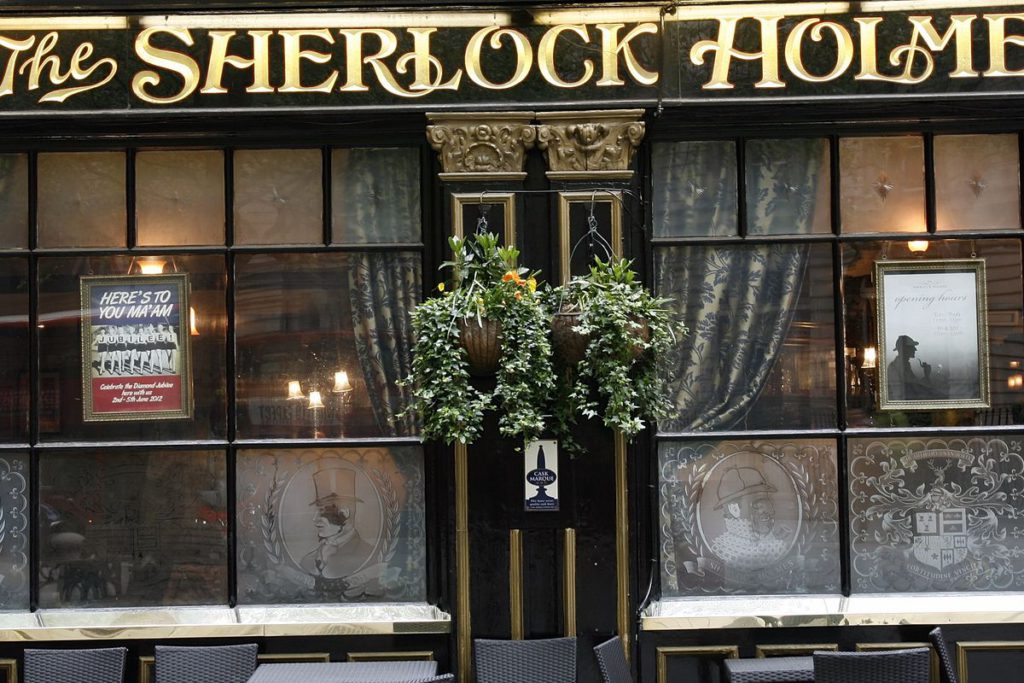
Young Sherlock Holmes made history with its stained-glass knight. This fully computer-generated character emerged from Lucasfilm’s innovation lab. John Lasseter, who later revolutionized animation, helped bring this digital creation to life.
The knight only appeared for 30 seconds on screen. Those brief moments required months of programming and rendering. This groundbreaking character showed filmmakers could create anything they imagined.
Without this glass knight, you might never have seen characters like Toy Story’s Buzz Lightyear or Gollum in Lord of the Rings. The sequence proved CGI could create emotionally engaging characters that connect with audiences.
3. Single-Take Movie: Timecode
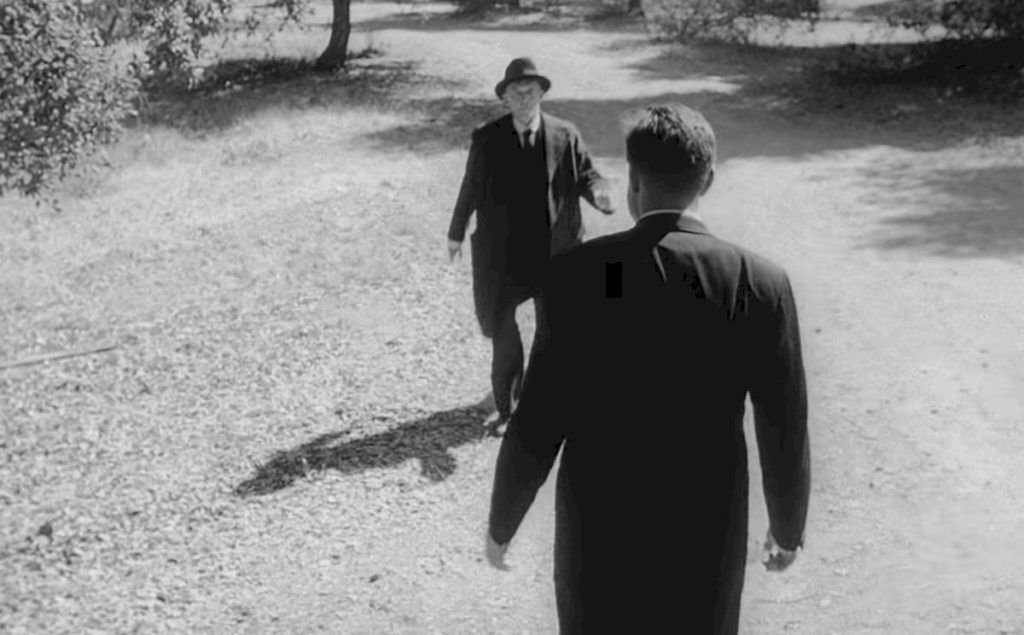
Most viewers don’t know about this narrative innovation. Timecode presents four 90-minute shots simultaneously on a split screen. Director Mike Figgis filmed all four sequences at once, capturing overlapping stories.
Each uninterrupted take required perfect timing from actors and crew. No cuts. No edits. Just real-time storytelling from four different perspectives.
This experimental approach influenced later films like 1917 and Birdman, which appear to unfold in single takes — proof that technical ambition, much like iconic songs in movies, can elevate a film into unforgettable territory. Timecode was like trying to conduct four orchestras simultaneously without anyone missing a note — just imagining the stress gives most directors hives.
2. Digital De-Aging: Waterworld
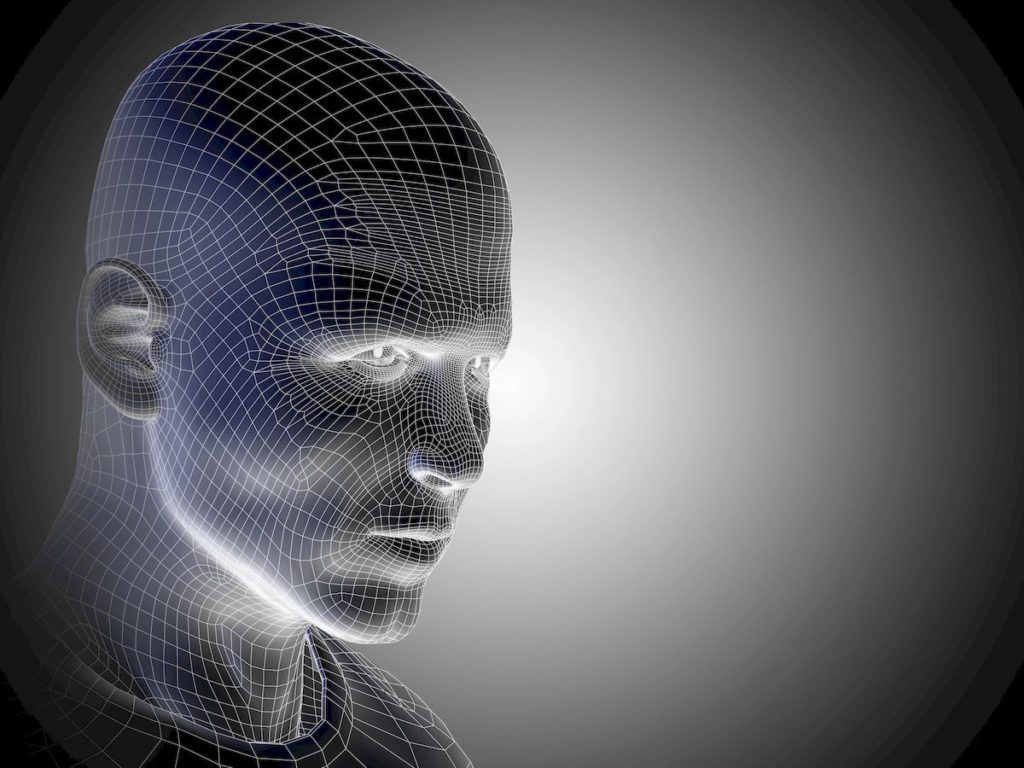
You probably think digital de-aging began with recent Marvel movies. Waterworld quietly pioneered this technique decades earlier. Kevin Costner’s hairline underwent subtle digital enhancement throughout the film.
Released in 1995, this subtle effect predates more obvious examples in X-Men films. The natural-looking result showed what CGI could achieve when applied with restraint.
A makeup artist who worked on recent de-aging projects admitted: “Everyone thinks this is new technology. We’ve been digitally fixing actors’ appearances since the 90s—we just got better at hiding it.”
This technique spawned an entire industry of digital touch-ups that helps actors look their best without obvious signs of manipulation. It’s the digital equivalent of strategic lighting.
1. Rotating Sets: When the Clouds Roll By
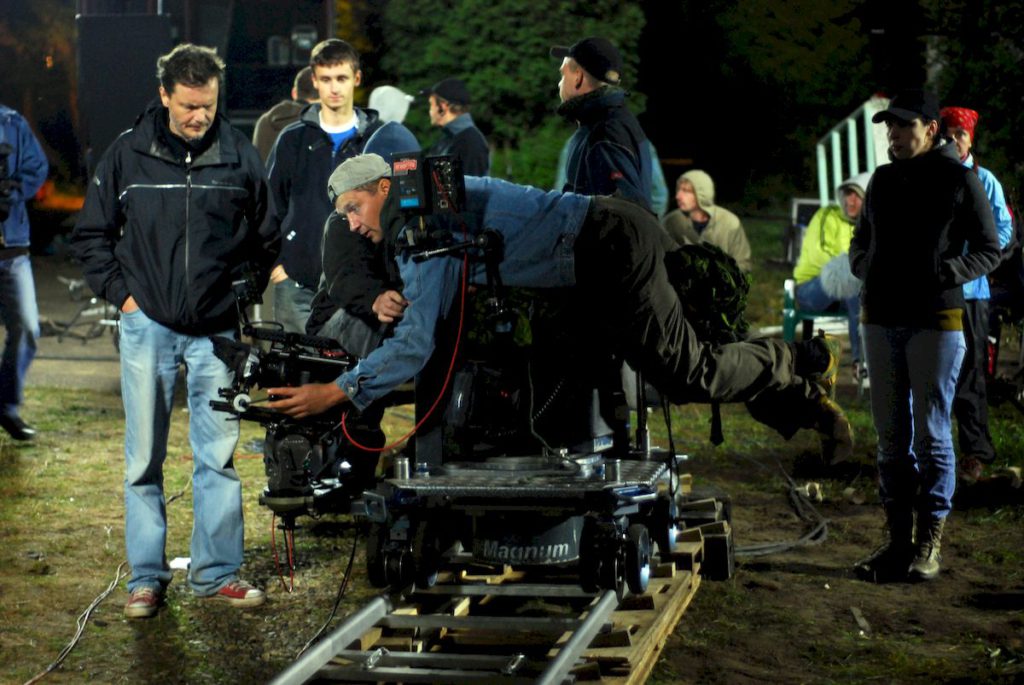
That mind-bending corridor fight in Inception? That effect has roots in silent cinema.
When the Clouds Roll By featured Douglas Fairbanks walking on walls and ceilings in 1919. The effect used a rotating room that turned while the camera remained fixed. As the set rotated, Fairbanks appeared to defy gravity. No computers. No digital effects. Just brilliant practical engineering.
The same approach appeared later in Fred Astaire’s ceiling dance in Royal Wedding (1951) and influenced Christopher Nolan’s modern blockbusters. This technique transformed a basic physical principle into movie magic in a way that still works over a century later.







